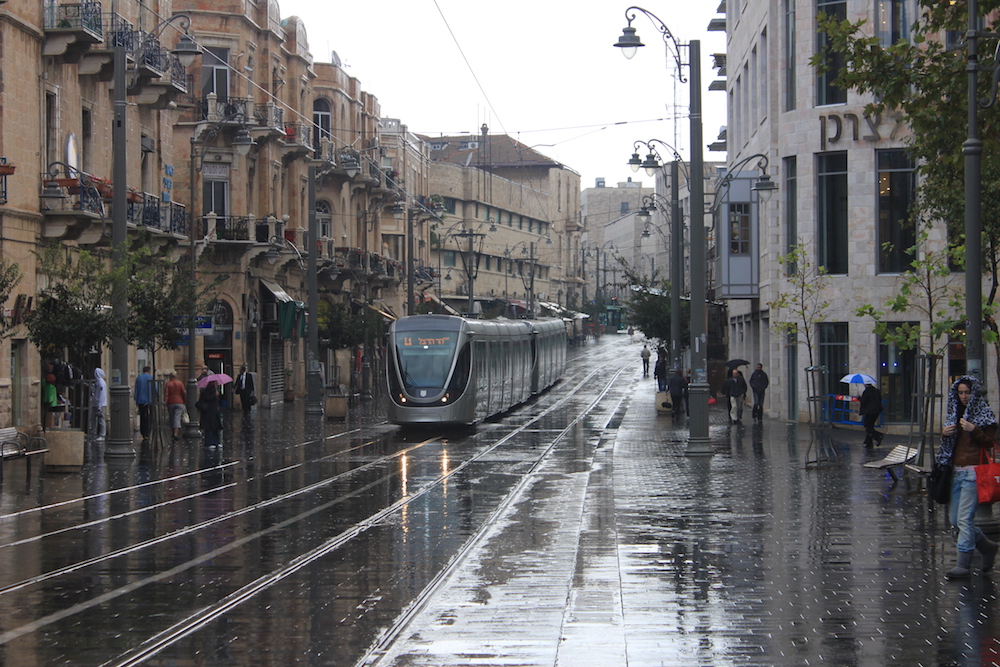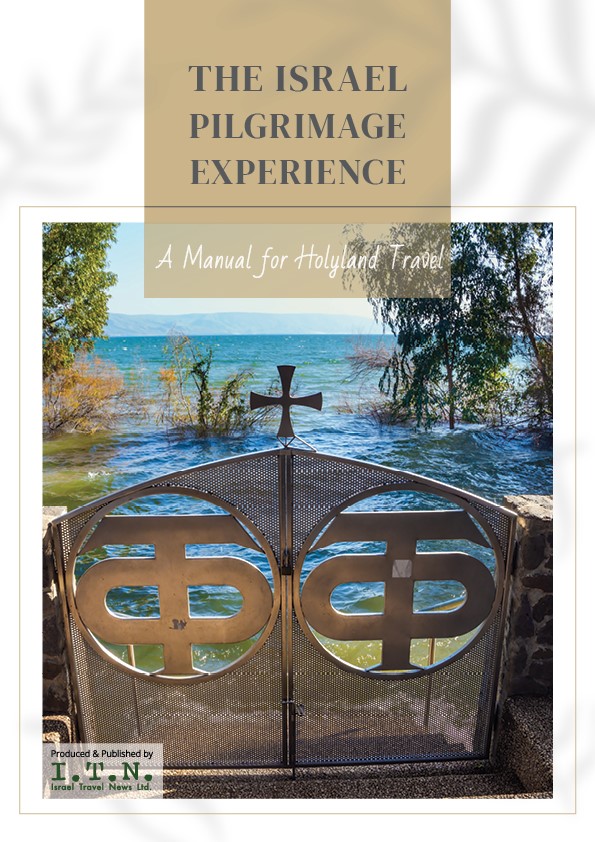
“This is a move that will accelerate the pace of hotel construction in Israel, increase the supply and encourage competition that will affect vacation prices in Israel. As of today, we are in a shortage of 17,000 guest rooms to meet the strategic goal we set of 7 million tourists in 2030. In parallel with the incentive for the developer, we will preserve the land reserves for hotels while balancing planning”.
The National Planning and Building Council, headed by Rabbi Natan Elnatan, today approved an unprecedented reform in tourism, led by Minister Haim Katz, and in cooperation with the Planning Administration. This is a significant change in the field of hotel planning, centered on the addition of residential areas in areas designated for hotels. The move is intended to ensure the economic feasibility of new projects and thus encourage the construction of thousands of guest rooms, which will provide a solution to the shortage in Israel and increase competition.
The main change is that on a plot designated for hotels, for which a building permit has not yet been received, it will be possible to add residential areas at a rate of up to 49% of the total area permitted for construction on the plot.
Among the conditions for the addition of residential areas: the exercise of all hotel rights first; the residences will not be on the first line to the sea or an open landscape; they will be physically and functionally separated from the hotel; an appraisal opinion proving that without the addition of residential areas, there is no economic viability for the construction of the hotel, and the approval of the Ministry of Tourism for this.
The sale of the residences will help overcome the difficulty in obtaining financing for hotels, which stems from the instability of the industry.
The reform will, as stated, provide a solution to the difficulty in obtaining financing in the industry through a controlled combination of residences, without harming the central tourism designation.
The Ministry of Tourism will examine the conditionality for the entrepreneur to choose a grant track or a mix of uses.
The ministry and the administration are also approving additional steps to increase the number of hotel rooms:
- Increasing the number of guest rooms that can be built in a hotel in the rural area from 100 today to 200.
- Repealing the ban on building hotels in an integrated rural fabric, which mainly includes the villages of the center of the country.
- Allowing hotels in buildings for preservation in open areas – approval of the construction of hotels in old buildings for preservation, which are usually abandoned, and which are located in open spaces throughout the country (such as mandatory police buildings, etc.).
The changes in planning policy in the rural area stem from changes in tourism trends in Israel and around the world (including after the Corona pandemic) and a preference for vacationing in nature and in the rural area, which is not far from the central region.
Minister of Tourism, Haim Katz: “This is a move that will accelerate the pace of hotel construction in Israel, increase the supply and encourage competition that will affect vacation prices in Israel. As of today, we are in a shortage of 17,000 guest rooms to meet the strategic goal we set of 7 million tourists in 2030. In parallel with the incentive for the developer, we will preserve the land reserves for hotels while balancing planning”.
Chairman of the National Planning Headquarters and Chairman of the National Council for Planning and Building, Rabbi Natan Elnatan: “This is an important program that provides a solution for tourism in Israel. The program resolves development barriers that existed until today and will incentivize the construction of new hotels alongside additional housing”.
Director General of the Planning Administration, Rafi Elmaleh: “After the COVID-19 and the Iron Sword War, we are witnessing increasing demand for domestic tourism and diversification in the types of hotel accommodation. This is a plan designed to improve the economics and feasibility of tourism complexes that have been deserted”.

